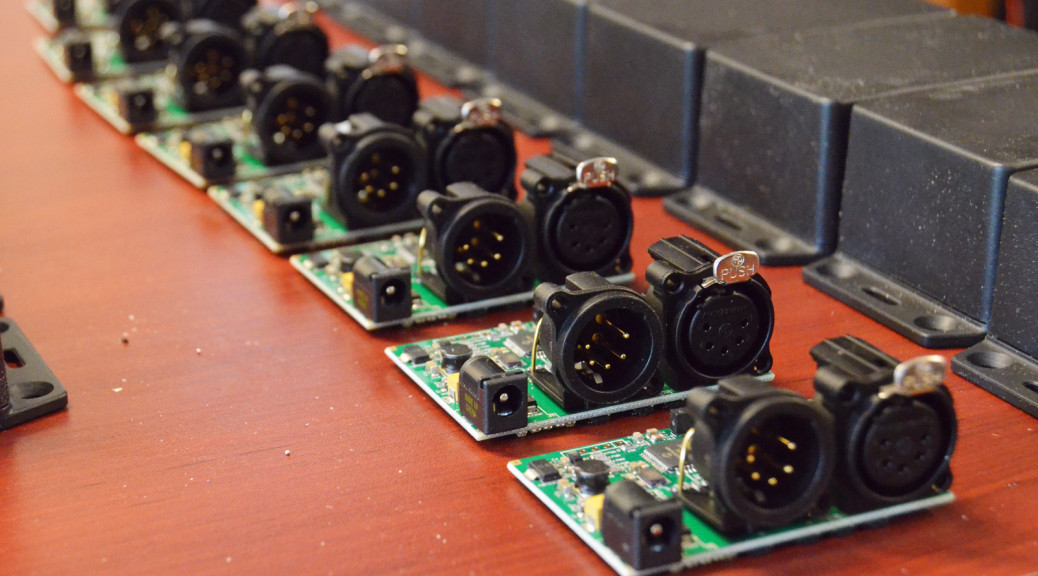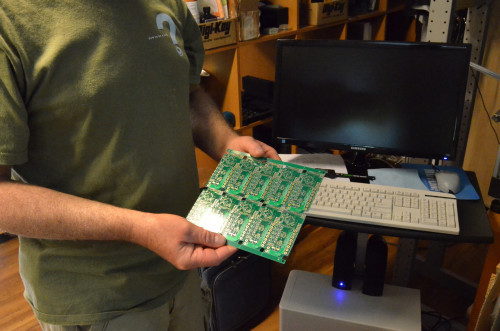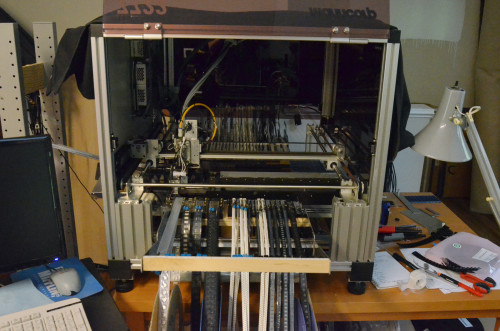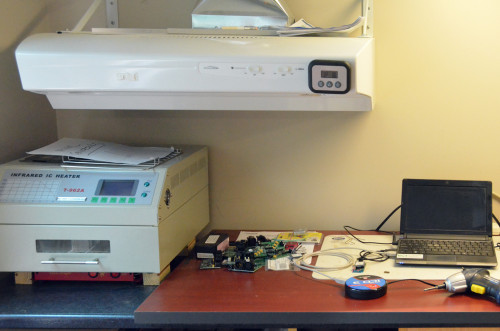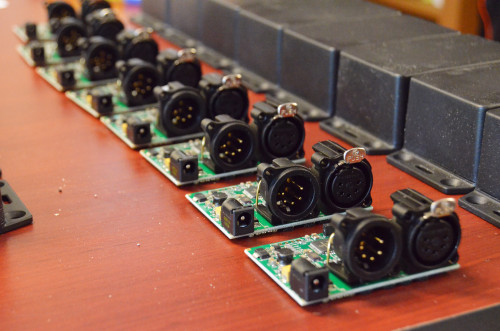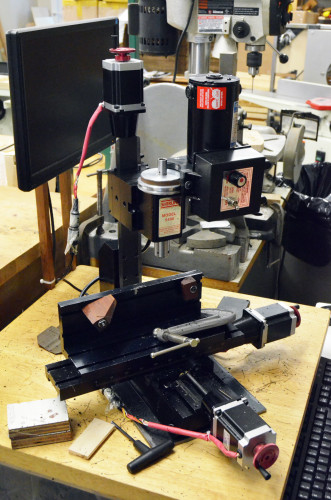I have an article out in this month’s Stage Directions magazine, hot off the presses. For “Cabinet of Wonders“, I spoke with Marc André Roy, the lighting project manager on Kurios, the new show from Cirque du Soleil. Kurios has a lot of props with wireless lighting and motion effects, and we looked at how Cirque makes that happen. I also talked with James Smith at RC4 Wireless, where all the wireless dimmers that Cirque uses are made. You may remember my blog post on my trip to RC4 Wireless earlier this summer.
These photographs of the inventories of British Soldiers are endlessly fascinating and useful. Thom Atkinson has taken all the gear and paraphernalia that a British soldier was issued at various times in history over the past 1000 years, and laid it all out on the floor. If you wanted to know what an archer was carrying at the Battle of Agincourt in 1415 (say, if you’re doing Henry V), this is where you should go.
The Examiner has a great interview and profile of Beth Hathaway, a master of building creatures for film. Hathaway has been a fabrication specialist at Stan Winston Studios and KNB EFX for decades, working on projects such as Edward Scissorhands, Jurassic Park, Terminator 2, Star Trek: The Next Generation and The Walking Dead.
Finally, check out this LA Times story on Nick Metropolis, the famed LA store filled with junk and jumble of all varieties.

